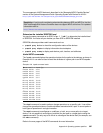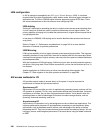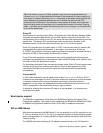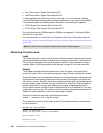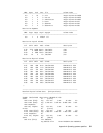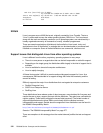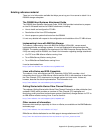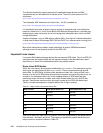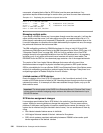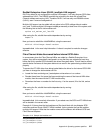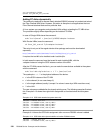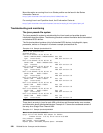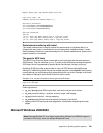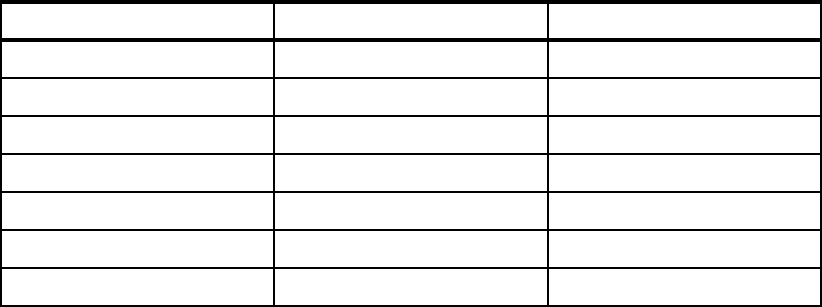
314 DS6000 Series: Concepts and Architecture
The zSeries connectivity support page lists all supported storage devices and SAN
components that can be attached to a zSeries server. There is an extra section for FCP
attachment:
http://www.ibm.com/servers/eserver/zseries/connectivity/#fcp
The whitepaper ESS Attachment to United Linux 1 (IA-32) is available at:
http://www.ibm.com/support/docview.wss?uid=tss1td101235
It is intended to help users to attach a server running an enterprise-level Linux distribution
based on United Linux 1 (IA-32) to the IBM 2105 Enterprise Storage Server. It provides very
detailed step by step instructions and a lot of background information about Linux and SAN
storage attachment.
Another whitepaper,
Linux on IBM eServer pSeries SAN - Overview for Customers describes
in detail how to attach SAN storage (ESS 2105 and FAStT) to a pSeries server running Linux:
http://www.ibm.com/servers/eserver/pseries/linux/whitepapers/linux_san.pdf
Most of the information provided in these publications is valid for DS6000 attachment,
although much of it was originally written for the ESS 2105.
Important Linux issues
Linux treats SAN-attached storage devices like conventional SCSI disks. The Linux SCSI I/O
subsystem has some peculiarities that are important enough to be described here, even if
they show up in some of the publications listed in the previous section.
Some Linux SCSI basics
Within the Linux kernel, device types are defined by major numbers. The instances of a given
device type are distinguished by their
minor number. They are accessed through special
device files. For SCSI disks, the device files /dev/sd
x are used, with x being a letter from a
through z for the first 26 SCSI disks discovered by the system and continuing with aa, ab, ac,
and so on, for subsequent disks. Due to the mapping scheme of SCSI disks and their
partitions to major and minor numbers, each major number allows for only 16 SCSI disk
devices. Therefore we need more than one major number for the SCSI disk device type.
Table A-1 shows the assignment of special device files to major numbers.
Table A-1 Major numbers and special device files
Each SCSI device can have up to 15 partitions, which are represented by the special device
files /dev/sda1, /dev/sda2, and so on. The mapping of partitions to special device files and
major and minor numbers is shown in Table A-2.
Major number First special device file Last special device file
8 /dev/sda /dev/sdp
65 /dev/sdq /dev/sdaf
66 /dev/sdag /dev/sdav
71 /dev/sddi /dev/sddx
128 /dev/sddy /dev/sden
129 /dev/sdeo /dev/sdfd
135 /dev/sdig /dev/sdiv




